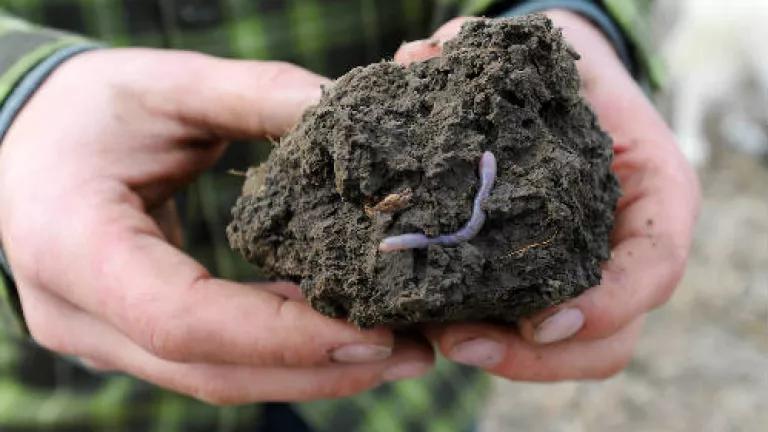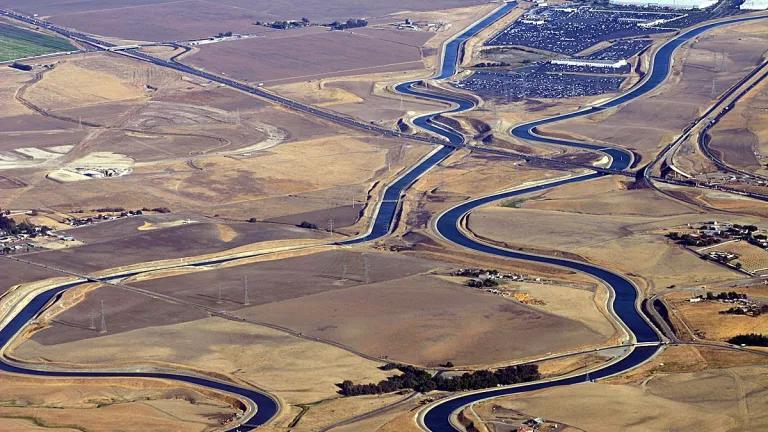
If you don't have World Soil Day on your calendar of annual celebrations, it's time to highlight December 5th on your phone, your Google/iCloud calendar, or on that computer printout that you paste over the old wall calendar you've reused for the past 10 years now so you can keep looking at the same pictures of Yosemite (I'm talking to you, Mom and Dad).
Because soil is something to celebrate - and protect. That's what the International Year of Soils has been all about. Healthy soil is the foundation for nutritious food, clean water, and sustainable agriculture. The extra attention for soils seems to be working, because now farmers aren't the only ones fired up about soil health.
At the Paris climate talks, a new initiative called "4/1000: Soils for Food Security and Climate Change" is being launched; countries, corporations, and other organizations can show their commitment online by promising to do their part to increase carbon stocks in soils. The initiative's name represents a goal for a 0.4% increase in global soil carbon stocks. According to the French Ministry of Agriculture, Food and Forestry (download the factsheet on the initiative homepage for more details), this small increase would make it possible to stop the present increase in atmospheric carbon dioxide.
Here in the US, the USDA celebrated the finale of the year of soil health yesterday, reminding us that "though the year of soils is coming to an end, the quest to improve our planet's soil is just beginning." At the event, we heard presentations from a farmer, a filmmaker, a UN Representative and a NASA astronomer; each made it abundantly clear that soil health is essential to our planet.
We certainly have our work cut out for us if we don't want to end up searching other planets for fertile soil, a la Interstellar. A recent study shows that 33% of the Earth's farmable land has been lost due to erosion or pollution in the last 40 years. The good news is that we have some ready solutions in hand.
A soil renaissance is taking place among farmers and soil scientists, and we are rediscovering the potential of living soil. Farmers are learning to treat soils as a biological system, using practices like no-till and cover cropping to build soil health, and cutting back on synthetic fertilizer use. However, there is still a lot of ground to cover.
Cover crops are extremely beneficial to soil, farmers, and the environment, and yet they are only used by 3-7% of farms and on 1% of total cropland in the United States. NRDC's recent Climate Ready Soil report shows that if cover crops are planted on 50% of corn and soybean acres in the top 10 agricultural states, carbon pollution would be reduced by 19.3 million metric tons. That's like taking 4 million cars off the road!

At NRDC, we are doing our part to help build healthy soil by promoting policies that will lead to more cover crops being planted - like giving cover crop farmers a discount on their crop insurance. Stay tuned, and a Happy World Soil Day to you (a day early).
Want to keep the party going? We've got you covered with more resources for World Soil Day:
- Celebrate with us by following the @NRDCWater feed for more soil love
- Access the full Climate Ready Soil Report and individual reports for each of the top 10 agricultural states
- Read this great blog about composting from my colleague Aline Goganian




